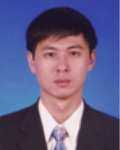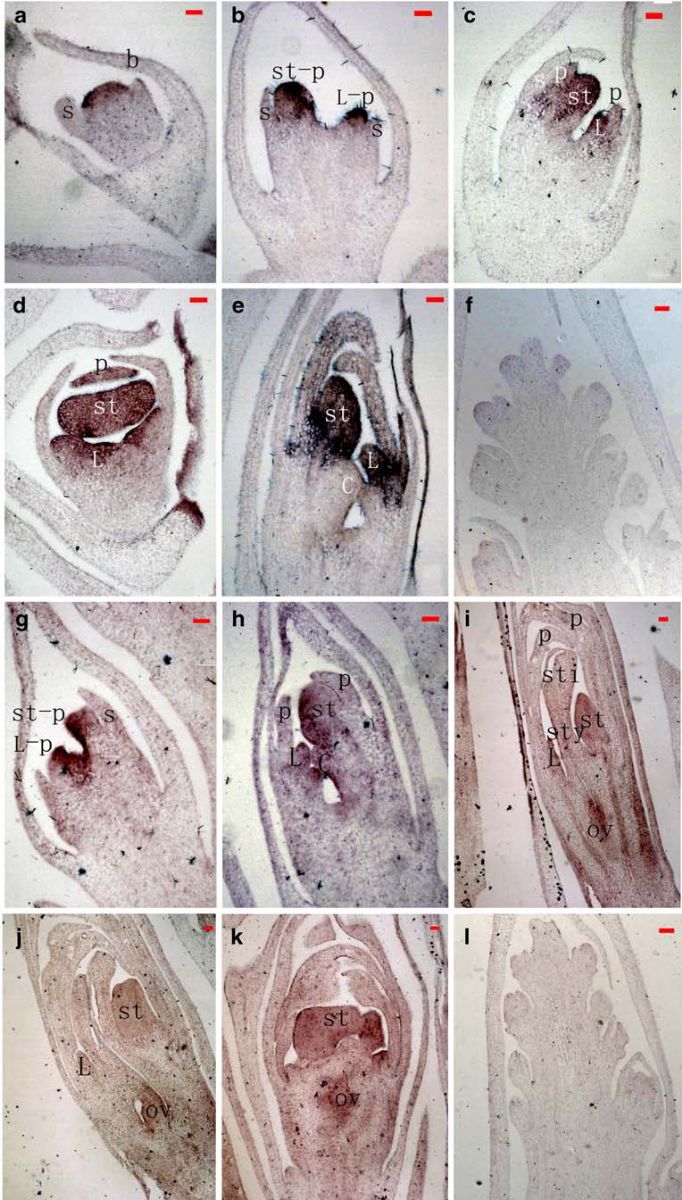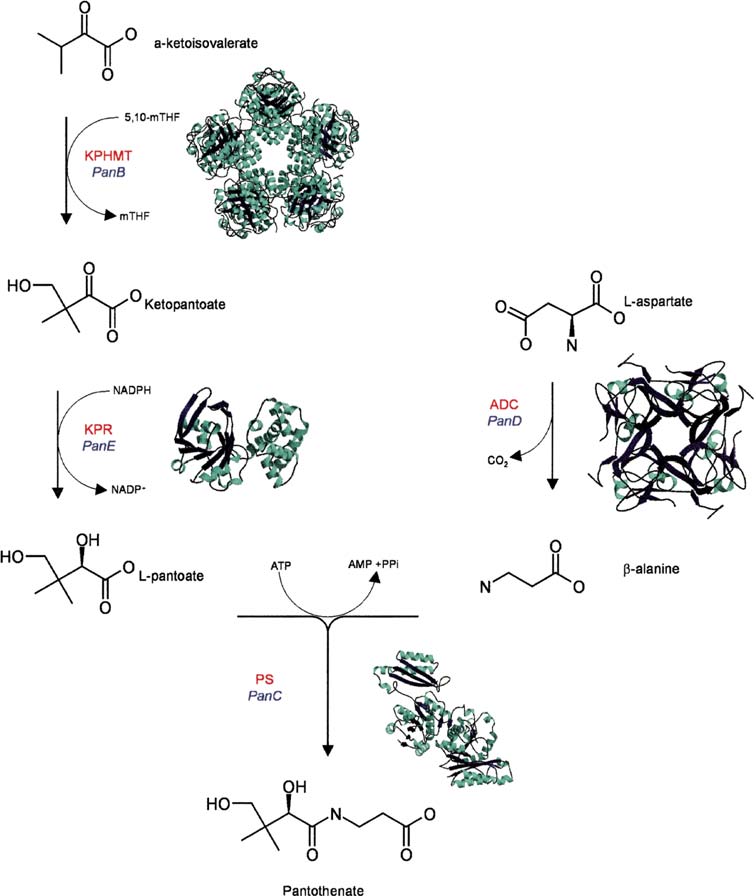 Wei Ma
Wei Ma
Associate Professor
Chemical ecology oriented research on plant-microbe interaction
Email: wma@sjtu.edu.cn
Tel: 86-21-34206722; Fax: 86-21-34206722
Address: Department of Bio-engineering, College of Life Sciences and Biotechnology, Shanghai Jiao Tong University (SJTU), Shanghai 200240, China
1. Education Experience
Nov. 2005 - May. 2006 Senior visiting scholar to Department of Plant Sciences, University of Cambridge
Sept. 1998 - Nov. 2002 Ph.D student in lab of Microbial metabolism & regulation, Shanghai Institute of Plant Physiology and Ecology
Institute, Chinese Academy of Sciences.
Mar. 1995 - Apr. 1996 Senior visiting scholar, Monash University, Australia.
Sept. 1986 - Aug. 1989 East China Normal University, Master of Science in Ecology
Sept. 1982 - Aug. 1986 East China Normal University, Bachelor of Science
2. Working Experience
2006- Associate professor, State Key Lab of microbial metabolism, School of Life Sciences & biotechnology,
Shanghai Jiaotong University
Nov. 2002 - May. 2006 Lecturer, School of Life Sciences & biotechnology, Shanghai Jiaotong University
Jun. 1996 - Aug. 1998 Assistant researcher, Lab of microbial metabolism & regulation, Shanghai Institute of Plant Physiology,
Chinese Academy of Sciences
Sept.1989 - May. 1996 SPF director, Shanghai Laboratory animal center, Chinese Academy of Sciences
3. Professional Affiliations
Syndic of Shanghai Association of Plant Physiology (SAPP)
4. Research Interests
Microbe-Plant interaction, especially in the field of the origination, evolution and application of endophytic actinomycetes in higher plant; Relationship between plants genes tempo-spatial expression pattern and the structure of community of endophyte and Rhizosphere microorganisms.
Research mainly focused on micro-organisms - plant interactions; biosynthesis and regulation of important bio-active (i. e. anti-tumor) natural products in actinomycetes.
1, Plant – Microbe interaction based on Chemical Ecology
2, Molecular mechanism of important bio-active compounds (antitumor, etc.), biosynthesis and regulation
3, Ecological safety of Biotech
eaching "Introduction to Life Sciences" (Shanghai Jiao Tong University General Education Core Curriculum, National Excellent Courses), "Principles and Applications of bioinformatics”, “Proteomics” for undergraduate and postgraduate students. Chaired or participated in the project of UK BBSRC, the Shanghai Magnolia talent Fund, "863", the Natural Science Foundation. Projects under going:
1, Influence of Bt rice on soil microbial community "(2012ZX08011-002-004, key project of the Ministry of Agriculture, Project Leader).
2, MRB-based complex protein separation and analysis of new principles and new methods of research (21035004/B05), Key project of the Natural Science Foundation (project key member).

Figure 1 In situ hybridization patterns A–F of the AhMADS8 and G–L AhMADS6 transcripts in longitudinal sections of A. hainanensis flowers. a Floral meristem with initiated sepals and bracts. AhMADS8 was expressed in the apex of the floral primordium. b Common meristem of petals and their associated androecial members formed. AhMADS8 was expressed in the common meristem. c, d The common meristem differentiated into androecial members and petals AhMADS8 was expressed in petals, stamen, and labellum. e One carpel was initiated. AhMADS8 was expressed in petals, stamen, and labellum.f Tissue section probed with sense RNA as negative control.g Common meristem were formed. AhMADS6 was expressed in the two inner whorls. h Common primordia differentiation into the stamen,labellum, and petals, and a carpel was initiated. Expression of AhMADS6 was detected in the stamen and the labellum, as well as the apex of the carpel. i, j, k Carpel differentiated. AhMADS6 was expressed in the ovary, stamen, and labellum with a very weak expression in the style. l Tissue section probed with sense RNA as negative control. b bract, s sepal, st-p common primordium of stamens and petals, L-p common primordium of the labellum and petals, p petal, st stamen, l labellum, sti stigma, sty style, c carpel, Ov ovary. Scale bar=50 mm. (Song, et al. Plant Molecular Biology Reporter. 2010)

Figure 2 Pantothenate biosynthesis pathway in E. coli. Four enzymes are involved in the synthesis of D-pantothenate from a-ketoisovalerate (a-KIVA) and L-aspartate, that is, ketopantoate hydroxymethyltransferase (KPHMT), ketopantoate reductase (KPR), L-aspartate-adecarboxylase (ADC) and pantothenate synthetase (PS).Enzyme names are given in red with the corresponding genes in blue. (Chakauya, et al. Plant Mol Biol. 2008)
5. Selected Publications
(1) Fang Li , Qianjin Kang, Shuangjun Lin, Linquan Bai, Wei Ma*, Zixin Deng., Chemical-genetics based screening for furanonaphthoquinone producing endophytic actinomycetes from seeds of Trewia nudiflora. Acta Microbiologica sinica, 2012, 52(4) : 442-448
(2) Ereck Chakauya, Katy M. Coxon, Ma Wei, Mary V., MacDonald, Tina Barsby, Chris Abell, Alison G. Smith. Towards engineering increased pantothenate (vitamin B5) levels in plants. Plant Mol Biol, 2008, 0167- 4412 (Print) 1573-5028 (Online)(DOI 10.1007/s11103-008-9386-5)
(3) Shilan Zhao, Zhixin Lin, Wei Ma, Da Luo, and Qi Cheng.Cloning and Characterization of Long-Chain Fatty Alcohol Oxidase LjFAO1 in Lotus japonicus. Biotechnol Prog., 2008; 24(3):773-779.
(4) Feng X, Zhao Z, Tian Z, Xu S, Luo Y, Cai Z, Wang Y, Yang J, Wang Z, Weng L, Chen J, Zheng L, Guo X, Luo J, Sato S, Tabata S, Ma W, Cao X, Hu X, Sun C, Luo D. Control of petal shape and floral zygomorphy in Lotus japonicus. Proc Natl Acad Sci U S A. 2006 Mar 28;103(13):4970-5.
(5) Shuang-xi Ren, Gang Fu, Xiu-Gao Jiang, ……Ma Wei,……et al, 2003. Unique physiological and pathogenic features of Leptospira interrogans revealed by whole-genome sequencing. Nature Vol 422: 888-893.
(6) Ma W, Mao X, Lu J, Jiang WH, Qin ZJ, Zhao GP, 2002. Sequence and functional analysis of the chromosome replication origin (oriC) of Streptoverticillum caespitosus ATCC27422.Sheng Wu Hua Xue Yu Sheng Wu Wu Li Xue Bao: 35(10):930-936
(7) Ma W, Mao X, Lu J, Jiang WH, Chiao RS, Qin ZJ, Zhao GP.Cloning of the replication origin (oriC) of Streptoverticillum caespitosus and transformation of Streptomyces lividans ZX7, 2002. Sheng Wu Gong Cheng Xue Bao: 18(6):662-6666.
(8) Ma N, Ma W, Jiang C, Fang P, Qin Z, 2003. Detection of linear chromosomes and plasmids among 15 genera in the Actinomycetes. Wei Sheng Wu Xue Bao: 43(5):666-670.
Patent:
Pathogen identification microarray based on 16 srDNA genes sequence (Patent application Number of China: 02136567.9 (1st inventor)
6. Selected Foundations:
(1) Principal Investigator (项目负责人):Ecological influence of Bt transgenic rice on microbial community structure in water and soil of rice land. (Project No:2012ZX08011-002-004)
(2) Key member of Project (项目骨干), National key projects in transgenic research:“Screening and function verification of disease and pest resist genes form microbe” (Project No:2009-ZX08009-056B )
7. Awards:
1. Oct., 2012: Shanghai Jiaotong University "San Yu Ren" outstanding teacher
2. Sept., 2011: Outstanding teachers of Shanghai Jiao Tong University
3. Sept., 2009: Outstanding teachers of Shanghai Jiao Tong University
Copyright © 2016,The Laboratory of Molecular Microbiology at Shanghai Jiao Tong University. All rights reserved.
Add:Science Building, Xuhui Campus, Shanghai Jiaotong University, Shanghai 200030, China. Tel:021-62932943
